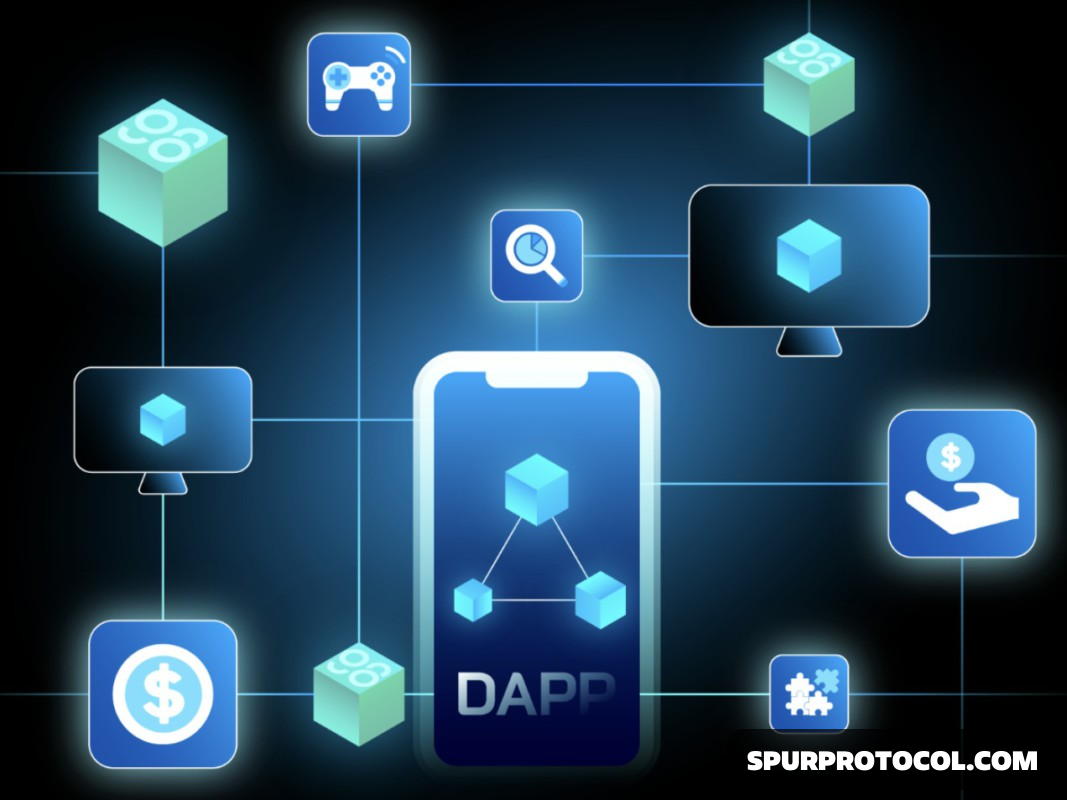What Are DApps?
A dApp or Decentralized Application is a type of application that operates on blockchain technology and uses smart contracts to run its operations.
Go Back

🕒 2:33 AM
📅 Nov 16, 2025
✍️ By 4rt3mi5
Decentralized Applications differ from conventional applications because they do not rely on a single central server or centralized authority. Instead, they use a distributed network of nodes around the world, making them decentralized and transparent. Users of Decentralized Applications have full control over their assets and data, and decisions are made through network consensus rather than by a central entity.
Blockchain is the foundational technology that enables dApps to operate. One of its roles is data storage—blockchain stores dApp data in a decentralized manner across the entire network of nodes. This data is secure and difficult to manipulate.
Another key role of blockchain in running Decentralized Applications is the use of smart contracts. Smart contracts are coded programs that run on the blockchain, allowing Decentralized Applications to perform predetermined functions without the need for a central authority. Meanwhile, blockchain uses consensus protocols to reach agreement on valid transactions, ensuring that dApp operations are conducted securely and fairly. Additionally, blockchain’s cryptographic technology ensures the security of data and transactions within Decentralized Applications, making the information stored on the blockchain highly resistant to unauthorized access.
Types of Decentralized Applications (dApps)
Understanding the different types of Decentralized Applications is crucial, as they have a significant impact on the world of technology and digital finance. With a deep understanding of these categories, individuals can become smart users, wise investors, and active contributors in the growing blockchain ecosystem. Here are the main types of Decentralized Applications:
1. Money Management Applications
In this category, users can conduct transactions with other users through blockchain networks using the native crypto assets of the blockchain. These Decentralized Applications typically have their own blockchain as their native cryptocurrency, similar to Bitcoin.
2. Applications That Integrate Money
This type of dApp enables the integration of digital money with real-world activities. For example, logistics companies can use RFID chips to confirm that cargo has reached its destination. Payments can then be automatically executed once delivery is completed, using funds stored on the blockchain. All these processes run without human intervention after both buyer and seller agree to a smart contract.
3. Decentralized Autonomous Organizations (DAOs)
DAOs are entities governed automatically based on programmed rules within a Decentralized Application. These rules define who can become a member, how members vote, what activities members can participate in, and how tokens, funds, or value are exchanged. All operations run according to the logic encoded within the Decentralized Application, creating an autonomous entity that operates without the need for human intervention.

